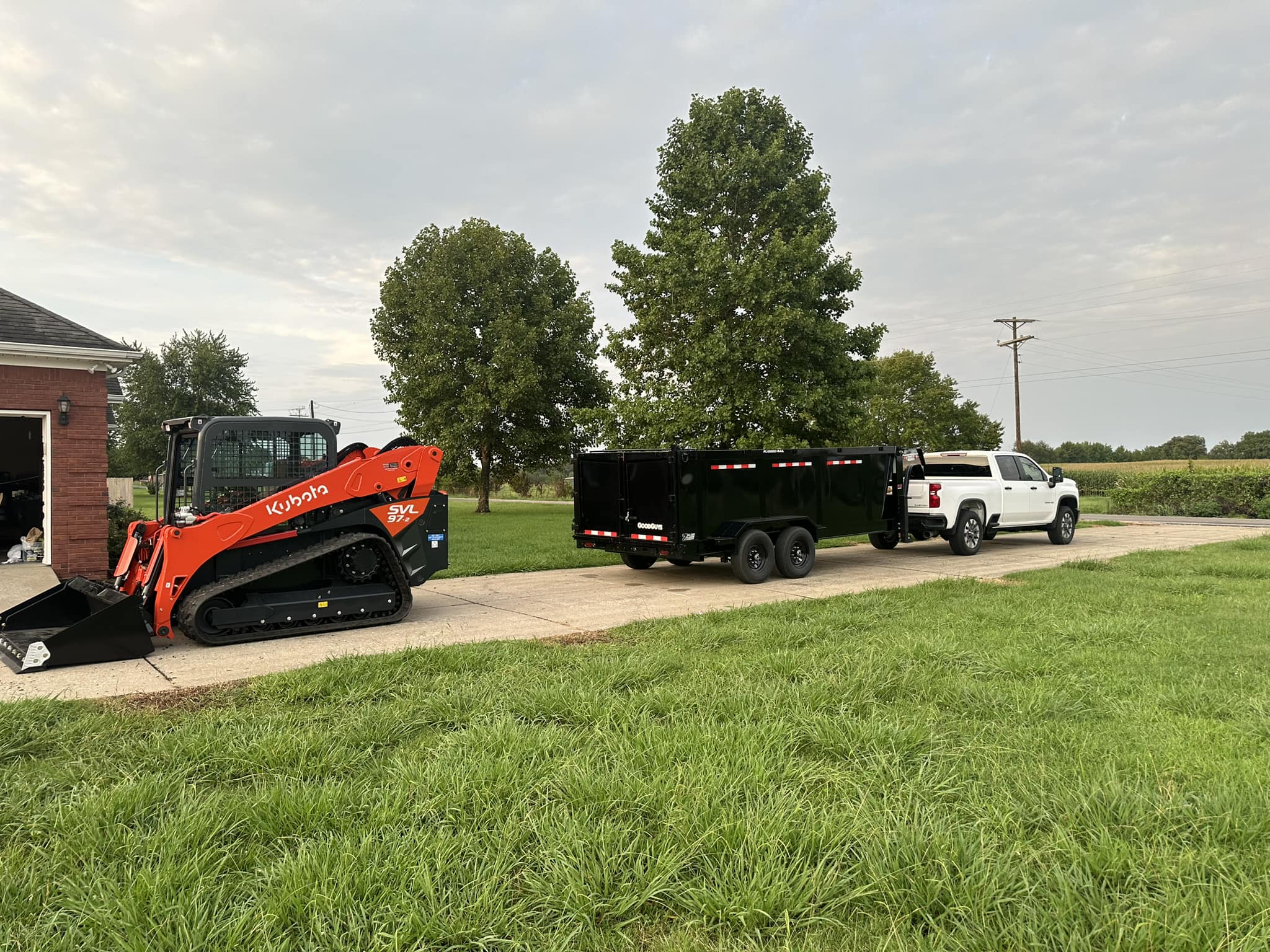
Navigating Permits and Regulations: A Landowner's Guide to Land Clearing Success Nov 09, 2025
Before embarking on any land clearing project, the first step is understanding why permits are necessary. Permits are designed to regulate land use and protect the environment, ensuring that land clearing is performed responsibly. They help maintain ecological balance by enforcing guidelines that prevent erosion, protect wildlife habitats, and manage stormwater runoff. Additionally, acquiring proper permits can safeguard you from future legal issues and fines.
The next step is identifying which permits are required for your project. This depends on several factors, including the size of your property, its location, and the nature of your project. For instance, land clearing for agricultural purposes might have different regulatory requirements than clearing for residential or commercial construction. Local, state, and federal agencies often have distinct rules; for example, the Environmental Protection Agency (EPA) might have regulations that apply depending on the scope of your project.
Researching local zoning laws is crucial as these can significantly influence your project plans. Zoning laws dictate what activities can occur in different areas, such as residential, commercial, and industrial zones. These laws will often determine what kind of clearing can be done and under what circumstances, ensuring that your projects align with the broader community objectives.
Once you've gathered the necessary information, it is wise to consult professionals. Lanes Land Management can assist in this crucial phase. As experts in land clearing, they can provide insights and services that ensure compliance with all applicable regulations. Professionals can help you prepare comprehensive applications that fulfill all regulatory requirements, increasing the likelihood of approval. Utilizing such services can save time, effort, and reduce the risk of denials or costly project delays.
Applying for permits can be a time-consuming process as different agencies have varied timelines and review processes. It is important to start this process well ahead of your intended start date. Keep detailed records of all interactions and submissions related to your permit applications. This documentation is invaluable should any disputes arise or if additional questions from regulatory agencies need to be addressed.
After permits are granted, maintaining compliance throughout the project is vital. Periodic inspections by regulatory agencies are common, and these ensure that land clearing activities adhere to the approved plans. In this phase, meticulousness in site management is necessary to demonstrate adherence to the regulations and the project's stated environmental safeguards.
Finally, as your land clearing project reaches conclusion, consider the ongoing responsibilities of land management. This might include replanting efforts, erosion control measures, and routine maintenance. Being proactive in these areas demonstrates a commitment to sustainability and responsible land use.
In summary, successfully navigating permits and regulations in land clearing projects is essential for legal compliance and ecological sustainability. By understanding the importance of permits, identifying specific regulatory requirements, consulting with experts like Lanes Land Management, and keeping meticulous records, you can ensure that your project proceeds smoothly. Remember, early and thorough preparation is the key to land clearing success, helping to protect both your investment and the environment.
/filters:no_upscale()/filters:format(webp)/media/98ed1c6e-35f2-4e3f-a4dc-0279b93c9a0b.jpg)
/filters:no_upscale()/filters:format(webp)/media/82beee98-e8d9-4b43-b7ad-b1157d24961b.jpg)